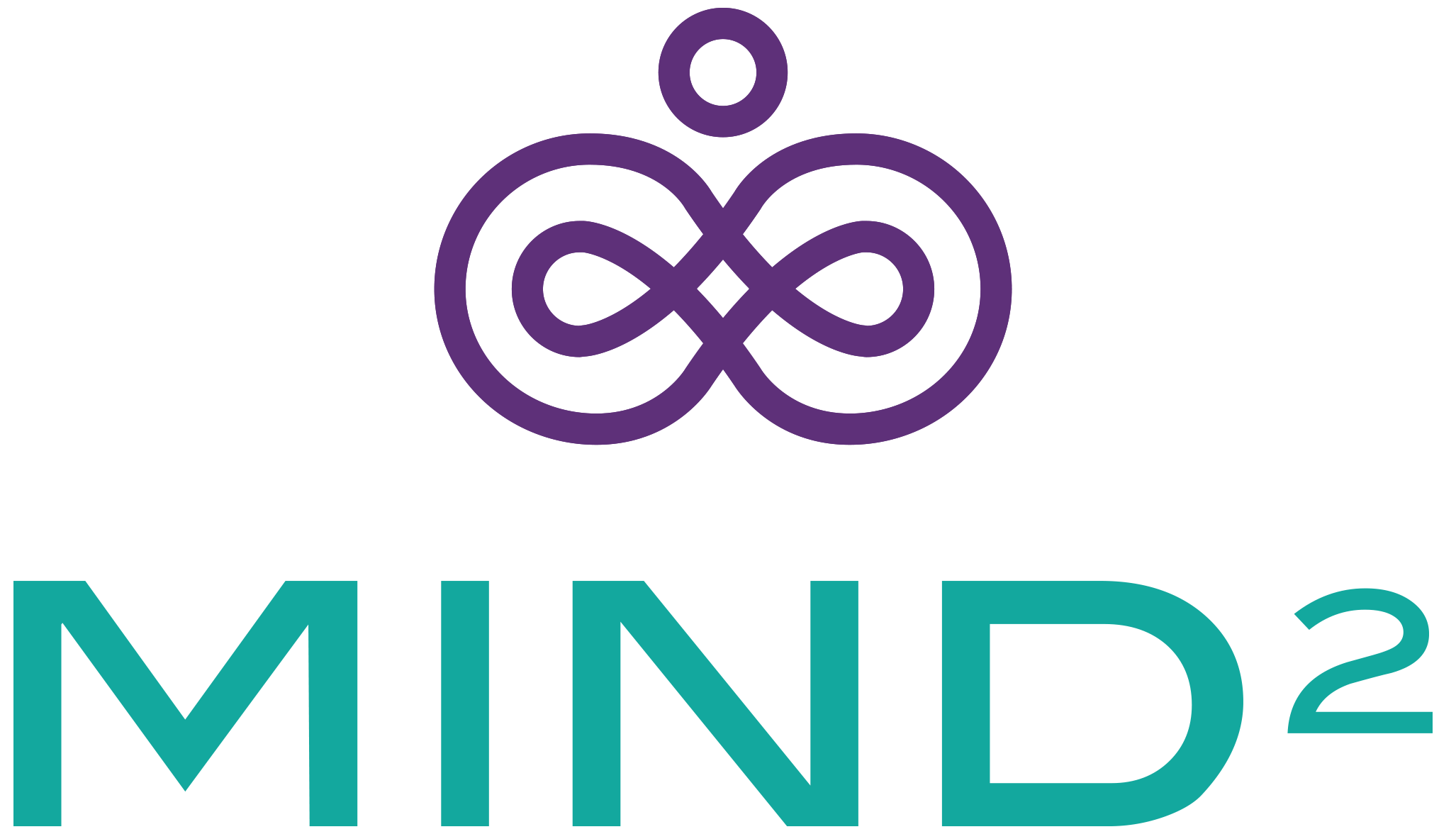Common stock dividend distributable is reported in the stockholders equity
Content

This will normally have the effect of reducing the market price of the share by half, so that the total market capitalization remains unchanged. When it actually distributes the dividend shares to stockholders, the company shifts the value of the dividend from the common stock dividend distributable account to its paid-in capital accounts. No money has actually changed hands, and the total value of stockholders’ equity hasn’t changed. At the same time, it reduces retained earnings by an equal amount. Similar to distribution of a small dividend, the amounts within the accounts are shifted from the earned capital account to the contributed capital account though in different amounts. The number of shares outstanding has increased from the 60,000 shares prior to the distribution, to the 78,000 outstanding shares after the distribution.
A small size dividend (less than 20–25% of outstanding shares) is usually valued at the market value of the stock. A large size dividend (more than 20–25% of outstanding shares) is usually valued at par or stated value. On February 5, the directors declare a 20% stock dividend distributable on February 28 to the February 15 stockholders of record.
What Is the Difference Between a Stock Dividend and a Cash Dividend?
That gives existing investors one additional share of company stock for every 20 shares they currently own. However, this means that the pool of available stock shares in the company increases by 5%, diluting the value of existing shares. Notice the only change here is that the balance sheet now share dividend distributable reflects that there are 1,100 shares outstanding after issuing 100 new shares. The common stock account also increases by $100 to reflect the par value for the newly issued shares. When a company declares a stock dividend, the par value of the shares increases by the amount of the dividend.
Is share dividend distributable included in legal capital?
Legal capital is that amount of a company's equity that cannot legally be allowed to leave the business; it cannot be distributed through a dividend or any other means. It is the par value of common stock and the stated value of the preferred stock that a business has sold or otherwise issued to investors.
The stock dividend has the advantage of rewarding shareholders without reducing the company’s cash balance. The distributions are paid in fractions per existing share. For example, if a company issues a stock dividend of 5%, it will pay 0.05 shares for every share owned by a shareholder. The owner of 100 shares would get five additional shares. A stock dividend is a payment to shareholders that consists of additional shares rather than cash.
The balance in Common Stock Dividend Distributable should be
From a practical perspective, shareholders return the old shares and receive two shares for each share they previously owned. The new shares have half the par value of the original shares, but now the shareholder owns twice as many. If a 5-for-1 split occurs, shareholders receive 5 new shares for each of the original shares they owned, and the new par value results in one-fifth of the original par value per share.
- The stock’s market value is $40 per share on February 5 before the stock dividend.
- This will be important in the future for the purposes of calculating dividend payments and earnings per share amounts.
- It is usually drawn from retained earnings of the firm.
- There is no change in total assets, total liabilities, or total stockholders’ equity when a small stock dividend, a large stock dividend, or a stock split occurs.
- The number of shares outstanding has increased from the 60,000 shares prior to the distribution, to the 78,000 outstanding shares after the distribution.
The number of shares distributed is usually proportional to the number of shares that each shareholder already owns. Explain the difference, if any, to a stockholder from receiving new shares distributed under a large stock dividend versus a stock split. This would be incorrect, as the Common Stock Dividend Distributable account represents a future obligation to pay dividends to shareholders, not a reduction in the number of shares issued. No tax considerations exist for issuing a stock dividend. For this reason, shareholders typically believe that a stock dividend is superior to a cash dividend – a cash dividend is treated as income in the year received and is, therefore, taxed.
Join PRO or PRO Plus and Get Lifetime Access to Our Premium Materials
On May 1, the date of declaration, the value of the dividend to be paid is deducted from retained earnings and set up as a liability in a separate dividends payable account. The participating dividend feature provides the opportunity for the preferred stockholders to receive dividends above the stated rate. It occurs only after the common stockholders have received the same rate of return on their shares as the preferred stockholders. For example, say the preferred dividend rate is 5% and the preferred stock has a participating feature. This means that the preferred stockholders will receive a larger dividend if the authorized dividend exceeds the total of the 5% dividend for the preferred stockholder and a 5% dividend to the common stockholders.
Dividends are a company’s way of sharing its profits with its shareholders. Companies typically pay dividends in cash, with shareholders receiving a certain amount for each share they own. But companies can also pay dividends in the form of additional shares of stock. A cash dividend officially authorized by the board of directors would be listed by a debit to retained earnings and credited to dividends payable account. The dividends payable account should be grouped as a current liability. While a company technically has no control over its common stock price, a stock’s market value is often affected by a stock split.
In practice, the share premium has lost its primary function. A share premium contribution must occur on the issuance of new shares. Assume common stock is the only class of stock outstanding in the Manley Corporation. Total stockholders’ equity divided by the number of common stock shares outstanding is called a. The net effect of the entries recorded when a stock dividend is declared and distributed is a change in the components of stockholders’ equity but not in total stockholders’ equity or assets.
Five percent is the $5 dividend divided by the $100 par value. This means all preferred stockholders will receive a $5 per share dividend before any dividend is paid to common stockholders. Some shares of preferred stock have special dividend features such as cumulative dividend or participating dividend. Share splits, also known as stock splits, scrip issues, or bonus issues, are similar to share dividends except they have a different accounting treatment.
Is a share dividend distributable a liability account?
Since a stock dividend distributable is not to be paid with assets, it is not a liability.


Responses